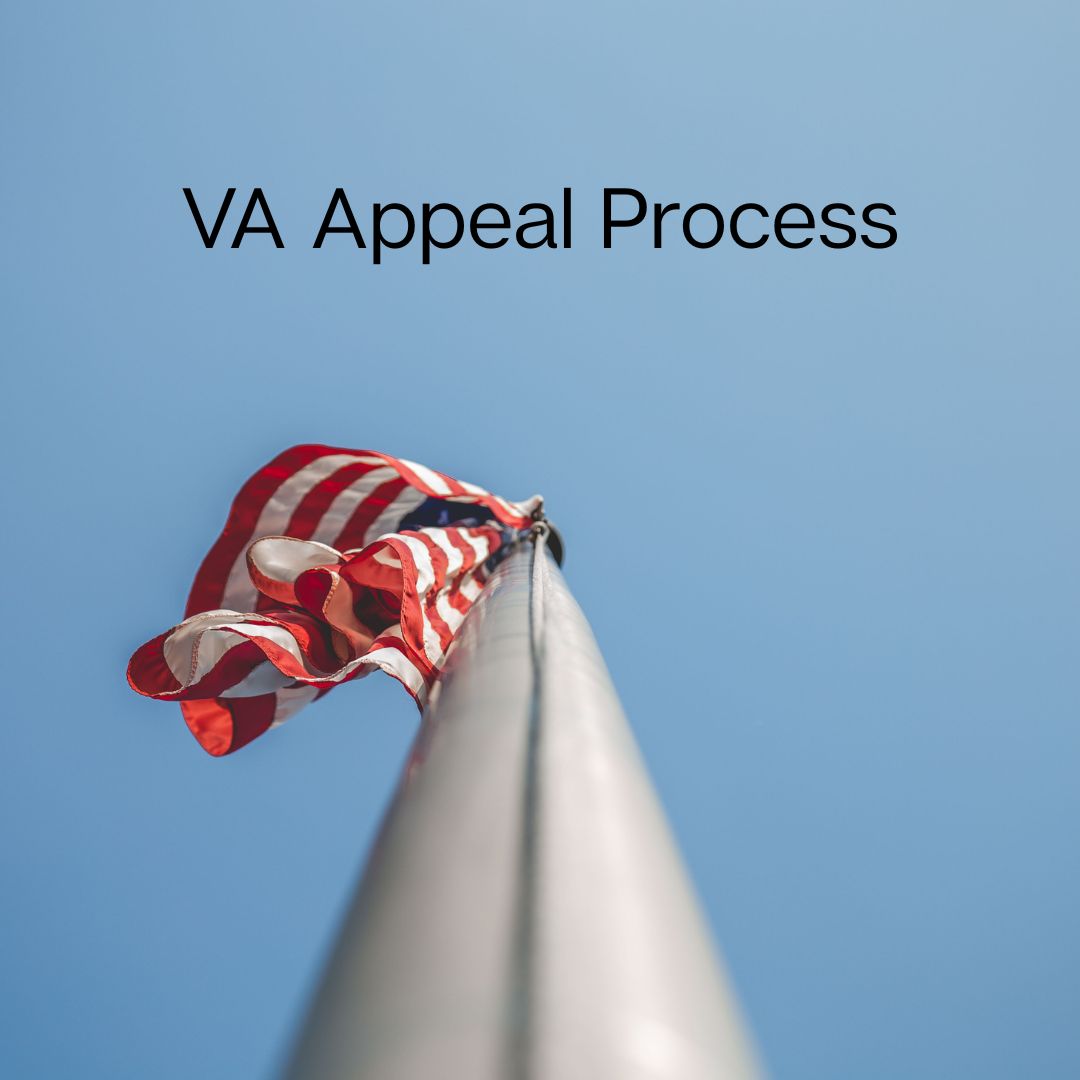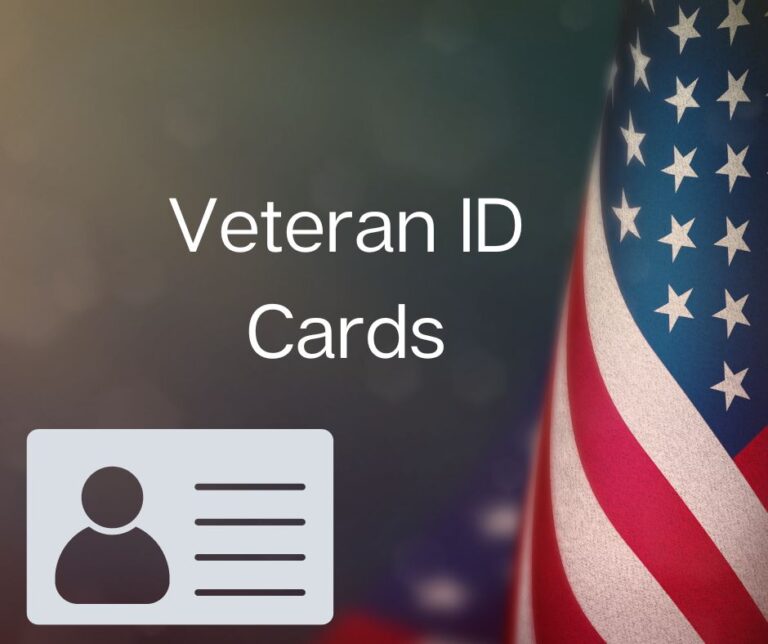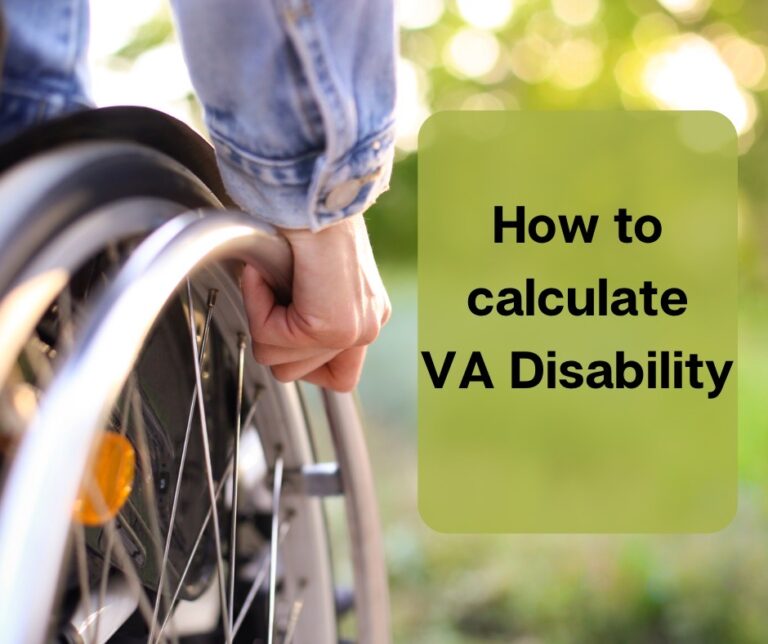The Appeals Process – For When You Are Denied
If you’ve ever felt the sting of a VA denial or received a rating that didn’t reflect the true extent of your condition, you’re not alone. Many Veterans experience this frustration. But here’s the important thing to remember: a denial isn’t the end of the road. It’s simply a decision based on the evidence the VA had at the time. You have options to challenge that decision, and knowing those options can make all the difference.
Since 2019, the VA has revamped its appeals process, giving Veterans more control over how they appeal. There are now three main paths to consider: the Supplemental Claim, Higher-Level Review, and an appeal to the Board of Veterans’ Appeals (BVA). Each has its own purpose, timeline, and best-use case.
The Supplemental Claim is for Veterans who have new and relevant evidence that wasn’t included in the original decision. This could be a new diagnosis, private medical records, or even a buddy statement confirming an incident or symptoms. The average review time for a Supplemental Claim is around four to five months, and it’s filed using VA Form 20-0995.
If you believe the VA made an error in reviewing your claim and want a more experienced reviewer to take a fresh look without adding new evidence, the Higher-Level Review is a solid choice. This option doesn’t allow for additional documentation, but it can be powerful if the first review missed or misinterpreted existing evidence. It also takes roughly four to five months and is submitted using VA Form 20-0996.

For those who want their case heard by a Veterans Law Judge, the third option is to appeal directly to the Board of Veterans’ Appeals. Within this route, you can choose one of three approaches: a direct review with no new evidence or hearing; a submission of new evidence within 90 days; or a formal hearing with a judge where you can present new information. This path typically takes much longer—ranging from one to three years—but it’s sometimes the best route when the other options don’t result in a favorable decision. Appeals to the BVA are made using VA Form 10182.
Regardless of the appeal path you choose, strengthening your claim is key. Working with a Veteran Service Officer (VSO) can make a huge difference. These professionals are trained to help you navigate the VA system and file appeals correctly—and they do it at no cost to you. In addition, be sure to gather updated medical evidence, consider writing a clear personal impact statement, and include buddy letters when appropriate. These seemingly small additions can significantly increase your chances of success.
Timing matters too. Veterans generally have one year from the date on their decision letter to file an appeal. If you choose the Supplemental Claim route and are denied again, you can file again—just be sure to include new evidence each time.
So if you’re facing a denial or an unfair rating, don’t give up. The system may be complex, but you’re not in it alone. Reach out to your local County Veteran Service Officer or contact our team here at NWAVet. We’re here to help you navigate the process, understand your options, and fight for the benefits you earned through your service. If you need help finding a VSO or want to talk through your appeal options, you can reach us at info@nwavet.org.
You served your country—now let’s make sure you get what you’ve earned.







